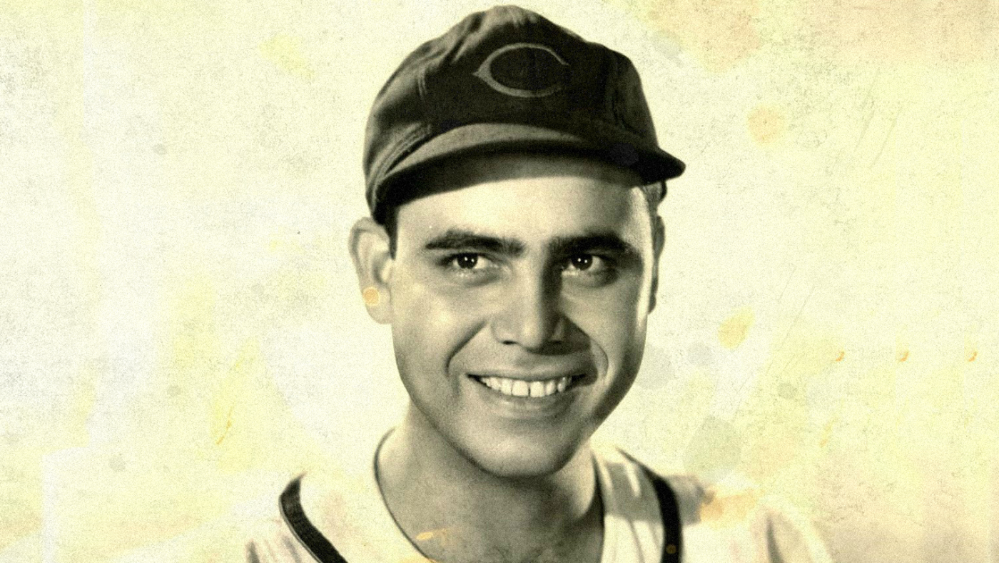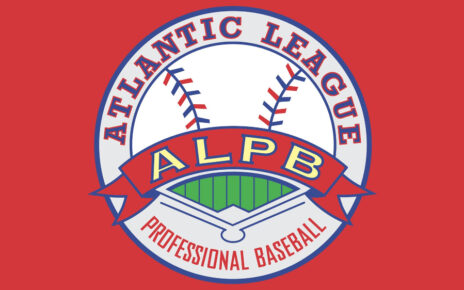Throughout the history of organized professional baseball there have been two groups of people who are marginalized more than any others. The first group is women and at some point, I’ll dig deeper into the history of women’s baseball on this site. Suffice to say, whether it’s as fans, players, coaches, or front office denizens women have played a hugely important role in the history of baseball. Yet, their history and contributions are treated as but a footnote. The other group isn’t quite at that level, though they find themselves marginalized for different reasons.
It’s safe to say that without Latino players baseball, as we know it today, would not exist. On the surface, this seems like a shoutout to the great Latino players and managers who have helped to shape the game over the last few decades. While they have done great work, it’s not actually about them. They have thrived while being recognized as Latino. By no means has it been easy for them and in no way am I suggesting that their battle to earn the recognition they deserve is over. However, I am saying that Juan Soto is recognized as a great Latino player and in that regard, he has a leg up on the likes of Carlos Royer, Bobby Avila, Martín Dihigo, and Esteban Bellán (His name wasn’t Steve, we owe him that much).
Prior to the 1960s Latino players were commonplace in both the segregated Caucasian Leagues and the non-segregated Negro Leagues. When they played with white players they were expected to be of lighter skin color and while not called white by their teammates or team they were often referred to as non-black. Hiram Bithorn is a national hero in Puerto Rico, but when he made his Major League Baseball debut in 1942 he wasn’t pushed as the first Puerto Rican to ever play in MLB but as something between a white and a black person. This was common treatment for any Latino player who happened to step foot in an all-white league. Latinos had been changing the demographics of all-white leagues going as far back as 1871. The all-white leagues wouldn’t acknowledge this, they treated Native Americans who played in their leagues much the same, and thus these Latino players were grouped into a nebulous non-black but not quite white category.
Things were better for Latino players in the Negro Leagues, but not perfect. There they weren’t Latino, rather they were Black Latinos. The majority of Latinos who found themselves playing in the Negro Leagues had darker skin tones and that made it easier for Negro League teams to sell them as black. The previously mentioned Dihigo is a great example of this kind of approach. He was born and raised in Cuba, but when he played in the United States the focus was put more on his black looks than his Latino heritage. The Negro Leagues did at least make an attempt to acknowledge their Latino stars with the various Cuban themed teams (Cuban Stars West, Cuban Stars East, etc.) that were fielded throughout the years. They also employed many Latino umpires, had Latino owners, and more. The way Latino players were treated in the Negro Leagues was certainly better than how they were treated in the Caucasian Leagues. All the same, the focus was usually on the black aspect of their Latino ethnicity.
When Latinos played in all-white leagues the focus was on how close they were to being white, while when they played in Negro Leagues the focus was on how black they actually were. The one place where Latino players could play and be recognized as Latino was in Latin America. Various leagues throughout Mexico, Puerto Rico, Cuba, and more took an all-in approach to baseball. There were no color lines to be found in these countries, baseball was baseball and all that mattered was that you were able to play the game. At the same time Latino players in these leagues weren’t forced to choose between being black, white, non-black, or non-white, they were simply Latino.
The 1960s are when things changed for Latino players, notably coinciding with the arrival of Roberto Clemente. The story of MLB, and associated companies, desire to relabel Roberto Clemente as Bob Clemente is well known. Clemente’s insistence on fighting that name change is important because it was one of the first examples of a Latino player refusing to allow his Latino ethnicity to be stripped from his person. Clemente wasn’t white, his name wasn’t Bob. He was Latino and his name was Roberto, and other Latinos saw what Clemente was doing and knew that their Latino ethnicity deserved to be celebrated just as much as the parts of them that were black, white, or anything in-between.
Today players like Soto, Ketel Marte, and Luis Castillo don’t have to worry about being non-black or close to black, they are Latino. They still have to fight against stereotypes and crotchety old white dudes who think any emotion on a baseball field that isn’t a grizzled veteran white pitcher being angry is bad. Yet, they are able to make a name for themselves as Latino players and not as something that they really aren’t. Most players throughout the early history of baseball can’t say the same, but it important when we talk about baseball before 1960 that we recognize Latino players just as much as we do white and black players.
Lead photo courtesy of Jorge Fidel López Vélez – La Vida Baseball





The notion of “Latino” or “hispanic” ethnicity did not exist in the 40s/50s/60s. It’s not that history is forgetting a whole ethnic group. “Latino” is not something that people were then.
Back then, a white Cuban was white, and a black Cuban was black. There was no such thing as “Latino/hispanic” ethnicity. That’s not a concept that existed then.
It wasn’t notable for Hiram Birthorn to make the major leagues in 1942 because he was not a minority. He was a Puerto Rican that was white.
He wasn’t white though, he was Puerto Rican, which is the whole point. MLB whitewashed him because that was an easier path than framing him as what he was, a minority.
There have been numerous reports and first hand accounts of players of Latin American descent being treated as different than their counterparts. The term Latino may not have been in common use yet, but that didn’t stop other terms, like non-black, from being used. It also doesn’t change the fact that teams knew Latin players were a minority and went to great lengths to try and whitewash them to hide the fact they were different.
There’s a reason for all of these things, they exist because they are a form of marginalization.